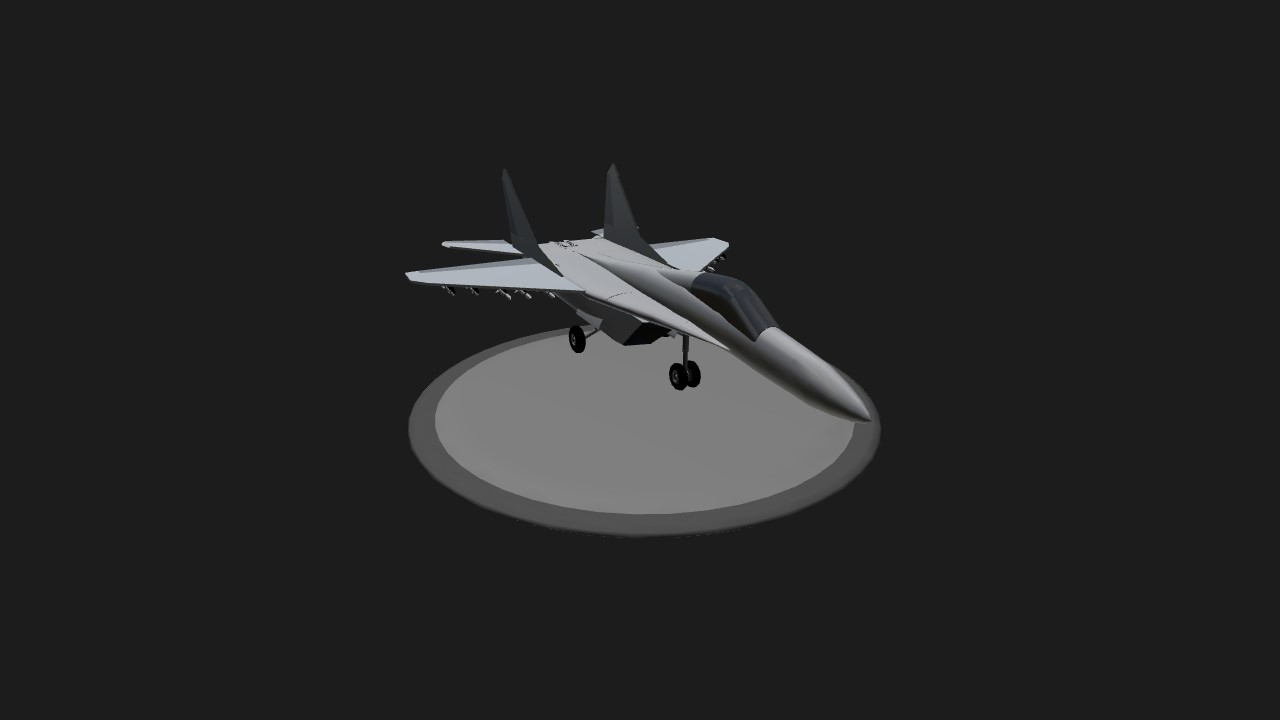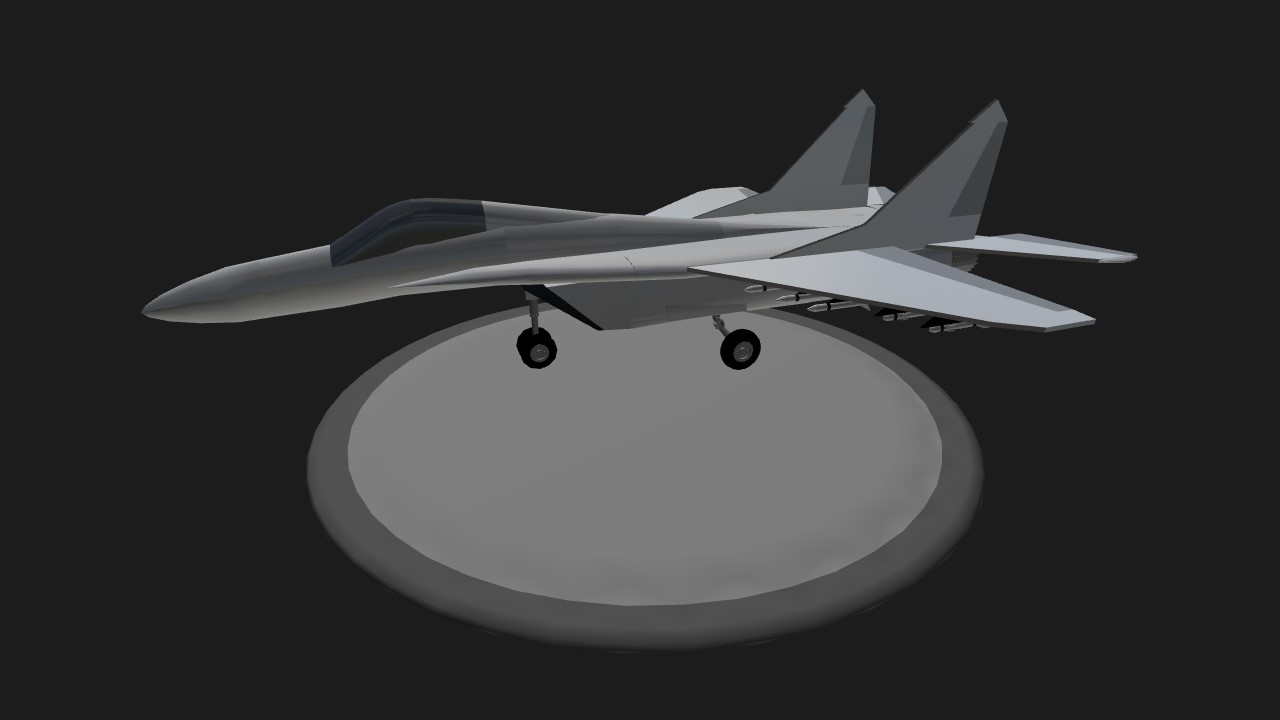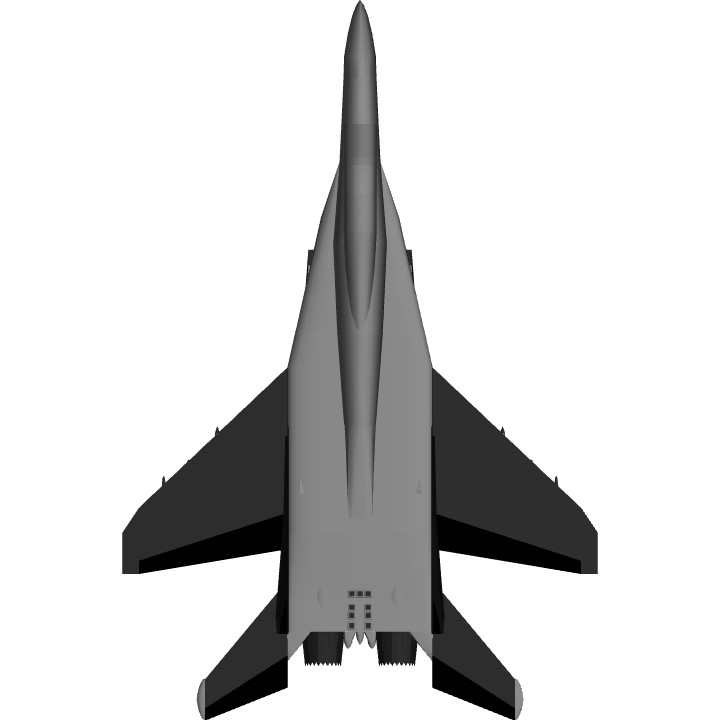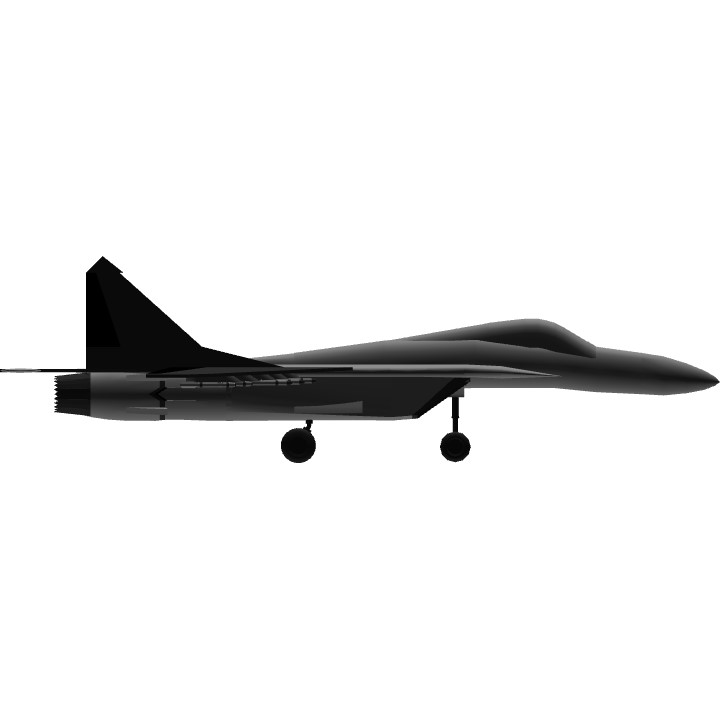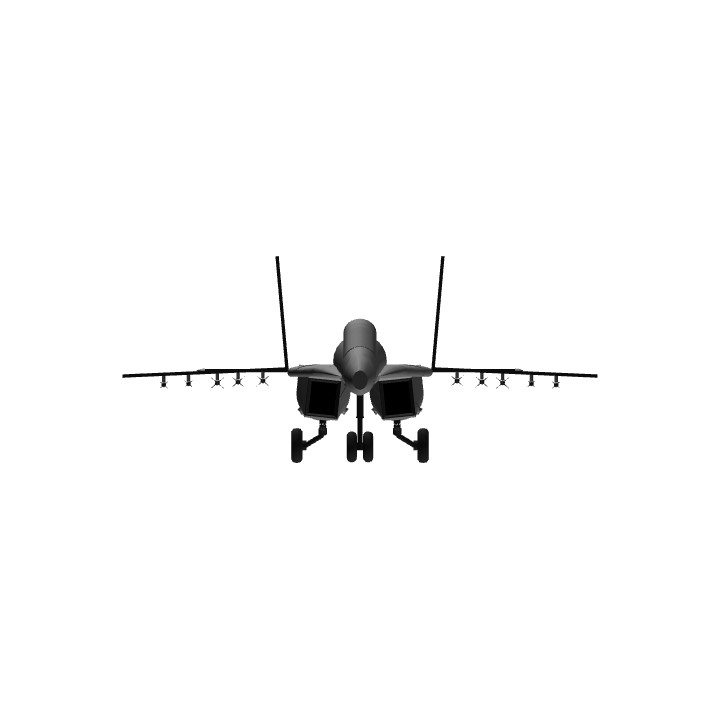The Mikoyan MiG-29 (NATO reporting name: Fulcrum) is a twin-engine fighter aircraft designed in the Soviet Union. Developed by the Mikoyan design bureau as an air superiority fighter during the 1970s, the MiG-29, along with the larger Sukhoi Su-27, was developed to counter new U.S. fighters such as the McDonnell Douglas F-15 Eagle and the General Dynamics F-16 Fighting Falcon.] The MiG-29 entered service with the Soviet Air Forces in 1983.
While originally oriented towards combat against any enemy aircraft, many MiG-29s have been furnished as multirole fighters capable of performing a number of different operations, and are commonly outfitted to use a range of air-to-surface armaments and precision munitions. The MiG-29 has been manufactured in several major variants, including the multirole Mikoyan MiG-29M and the navalised Mikoyan MiG-29K; the most advanced member of the family to date is the Mikoyan MiG-35. Later models frequently feature improved engines, glass cockpits with HOTAS-compatible flight controls, modern radar and infrared search and track (IRST) sensors, and considerably increased fuel capacity; some aircraft have also been equipped for aerial refueling.
Following the dissolution of the Soviet Union, the militaries of multiple ex-Soviet republics have continued to operate the MiG-29, the largest of which is the Russian Aerospace Forces. The Russian Aerospace Forces wanted to upgrade its existing fleet to the modernised MiG-29SMT configuration, but financial difficulties have limited deliveries. The MiG-29 has also been a popular export aircraft; more than 30 nations either operate or have operated the aircraft to date.
Specifications
General Characteristics
- Created On Windows
- Wingspan 46.9ft (14.3m)
- Length 71.4ft (21.8m)
- Height 20.3ft (6.2m)
- Empty Weight 23,574lbs (10,693kg)
- Loaded Weight 30,232lbs (13,713kg)
Performance
- Power/Weight Ratio 2.23
- Wing Loading 43.3lbs/ft2 (211.6kg/m2)
- Wing Area 697.6ft2 (64.8m2)
- Drag Points 7903
Parts
- Number of Parts 107
- Control Surfaces 8
- Performance Cost 604

